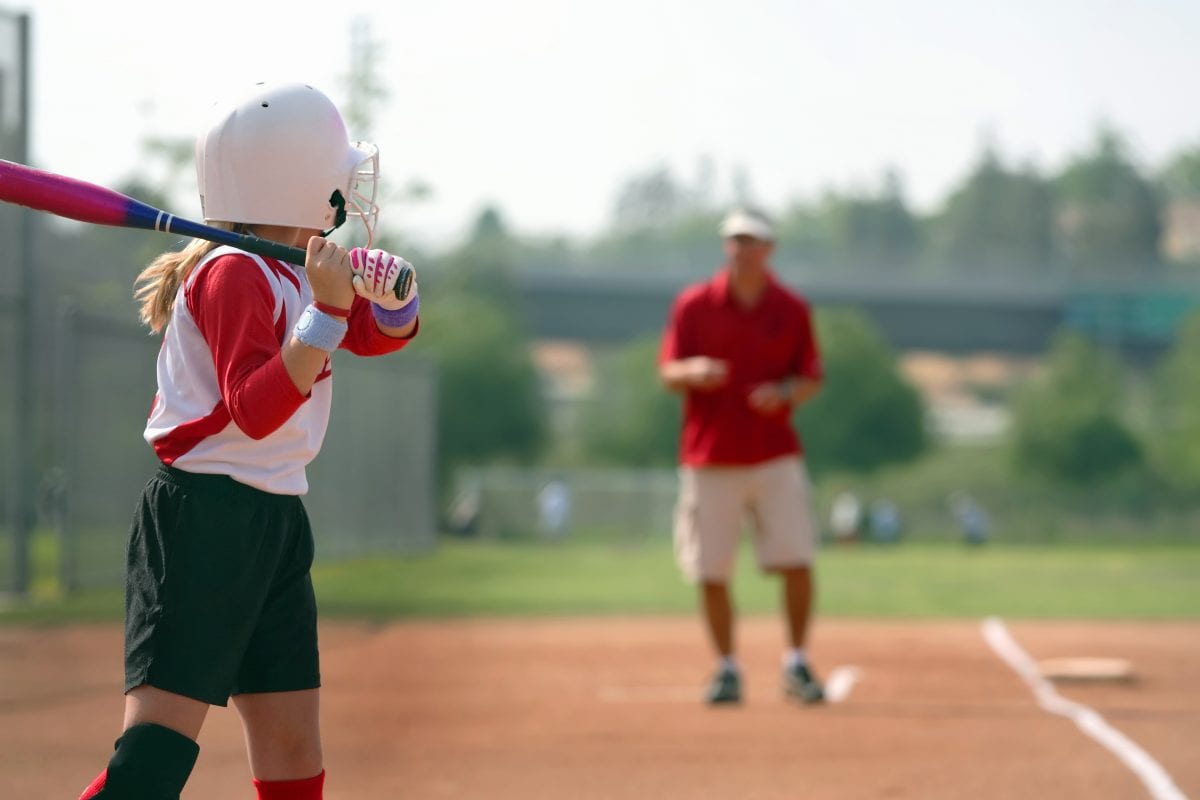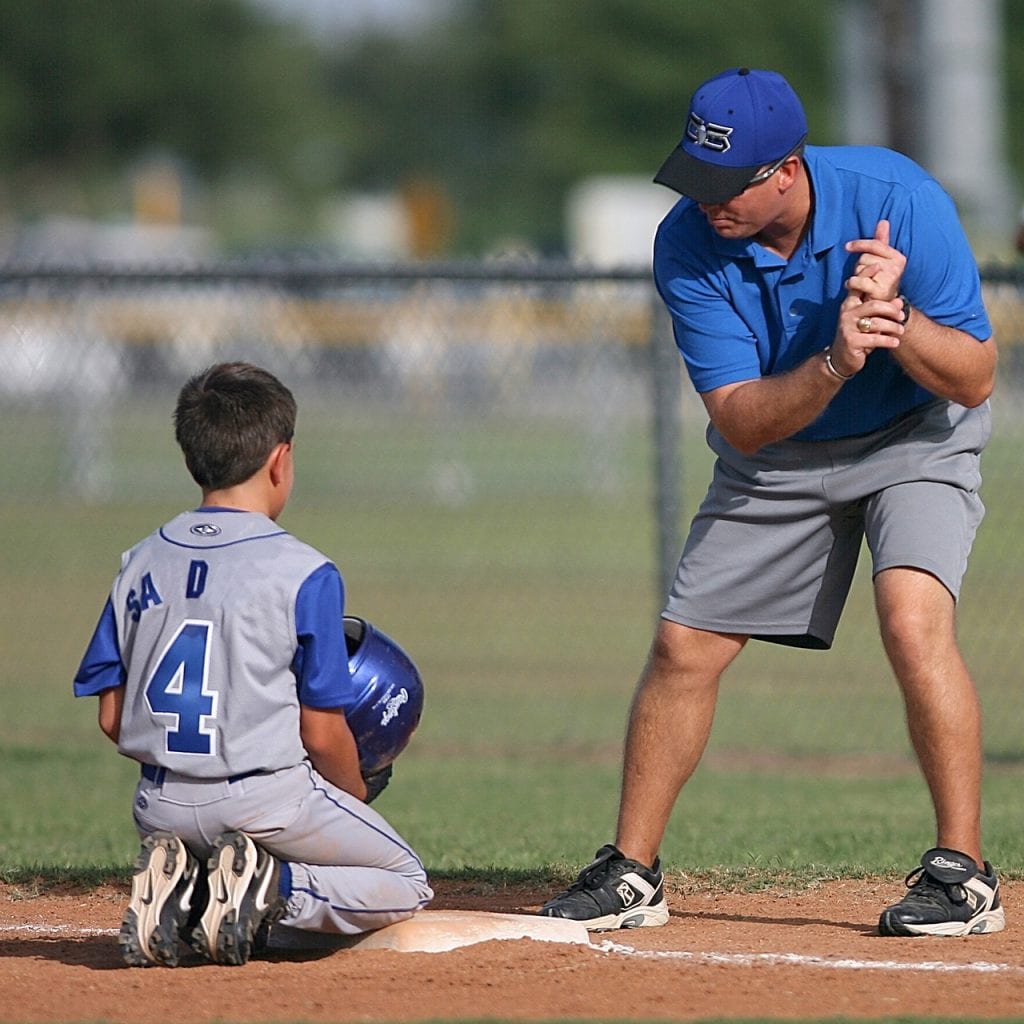Softball and baseball are not the most physically engaging sports but they still pose a significant danger to kids. In fact, more than 100,000 kids between 5 and 14 years are treated every year in the USA alone for injuries related to the two sports. While sometimes there is nothing that the coach or parent can do to prevent the accidents or injuries, there are many ways of reducing the likelihood of injuries.
Here are 5 useful baseball and softball safety tips for your kids.
#1 Buy them Safety Equipment
If your kid is into softball or baseball or wants to start playing the game, the first and probably the most important thing should be to buy him the proper equipment. And this is more so when it comes to protective gear. Protective gear is the best way to prevent injuries in the two sports and without it, everything else you do will probably be in vain.
When it comes to baseball and softball gears the most basic things that you need to buy are a helmet, chest protector, and leg guards. But, if the kid prefers to play in the catcher position, they should have the complete youth catcher gear which also includes a mitt. Besides making sure that the gear is made from high-quality and protective materials, it is also important to make sure that they fit the kid perfectly.
#2 Teach them To Play the Game Correctly
Playing by the rules is a simple tip that can help keep kids safe when both training and playing a match. The kid does not have to be very good in the sport to play by the rules, and so you should make sure that they know all the basics of the sports. And this is more so when it comes to batting and pitching rules and techniques.
Your kid should learn basic things like proper throwing techniques and how to hold the bat and swing it when batting. Also, it is important to make sure that the kid plays with others of the same skill level, physique, and even weight.
#3 Ensure They Stretch
Since kids will spend a lot of time running and jumping around, many people will often assume that stretching is not important for them but this is not true. Just like adult softball and baseball players, kids also need to stretch before a game as it is one of the most effective ways of preventing injuries.
Pre-training or pre-match routine for kids that play baseball should always involve some basic set of exercises such as jogging and stretching routines like lunges and high knee lifts. But, also make sure they do not overdo things as this can also come with some negative effects.
#4 Get the Kids Checked Out Routinely
It is important to make sure that your child is checked out before the baseball or softball season starts. And this is regardless of the overall health of your child or his level of physical activity. Routine checkups are the best way to determine your little one’s status and capabilities so that you can know if they are ready for the sport.
An assessment by a doctor will also help to determine whether your kid is at high risk of certain types of injuries based on his health and physical status. Having this information before the child starts playing can make a huge difference.
#5 Extra Precautions
There are also a few other precautions that you can take as a parent or a coach to ensure that kids remain safe when playing either of the two beautiful games. And they include the following.
- Always keep kids hydrated by ensuring that enough water is available nearby.
- Kids should not play without adult supervision.
- Make sure someone certified to perform first aid or CPR is available during training and matches.
- If the kids will be playing under the scorching sun you should make sure that they wear at least an SPF 15 sunscreen.
- Clear the garbage and debris in the playing field, and make sure that the ground is flat and with no holes or stumps.
Conclusion
Baseball and softball are some of the sports that kids can start playing at a very early age. But, if you want your little one to get into the sport or are a coach that trains them, their safety should always come first. Although there is a lot that you can do and need to do, our tips above outline some of the most important and basic safety precautions to take.









